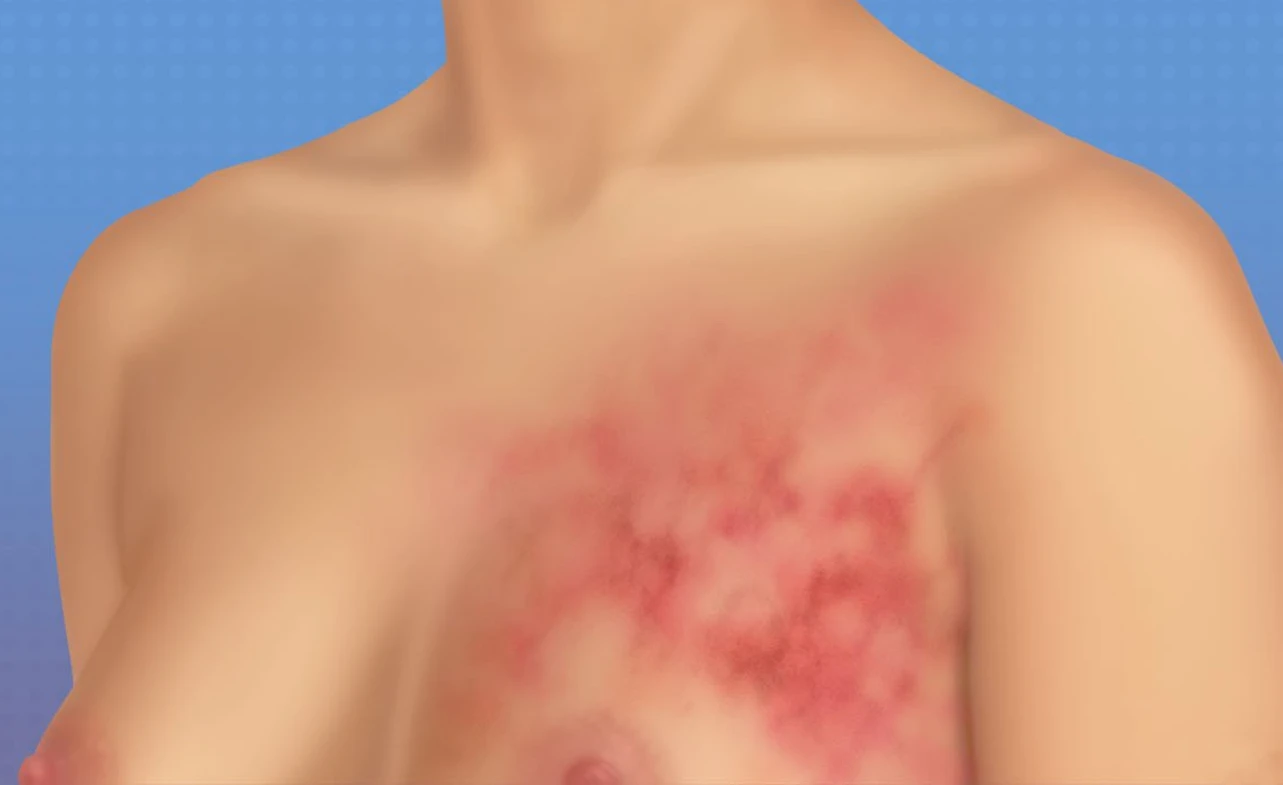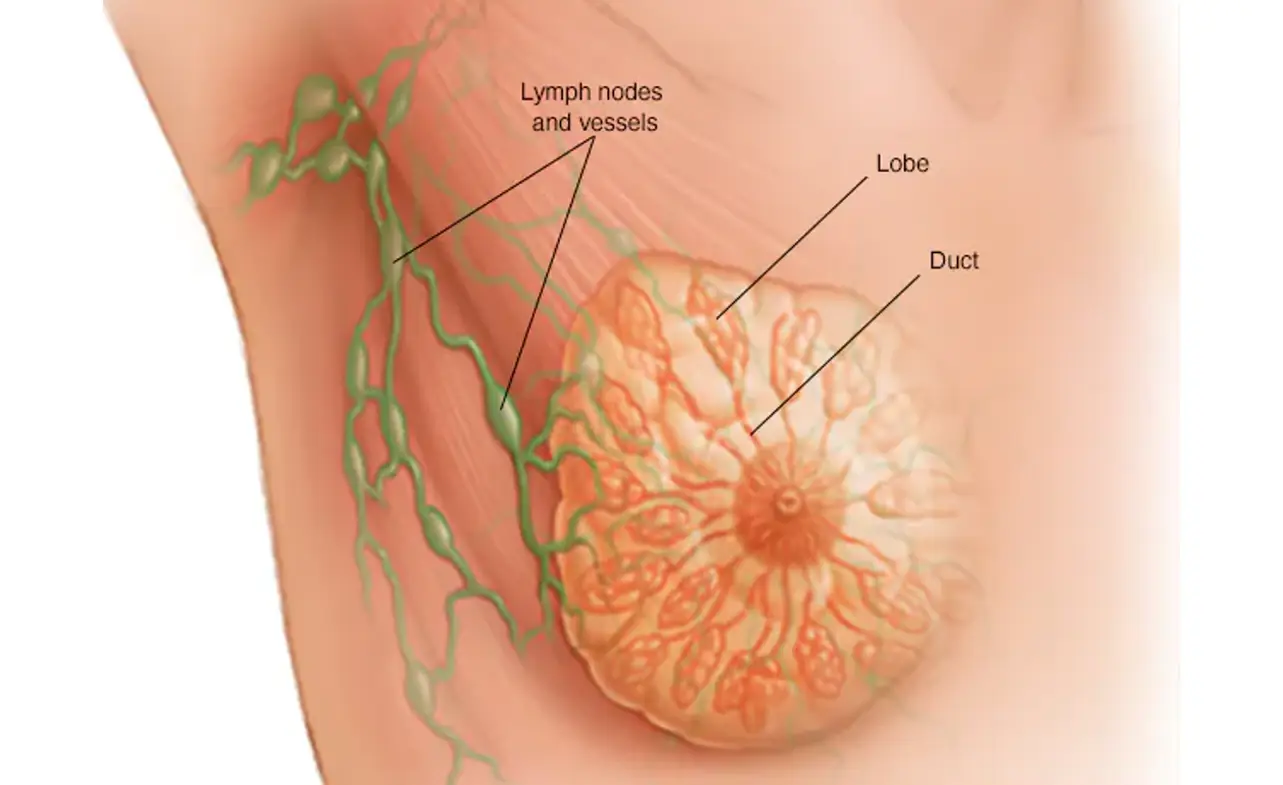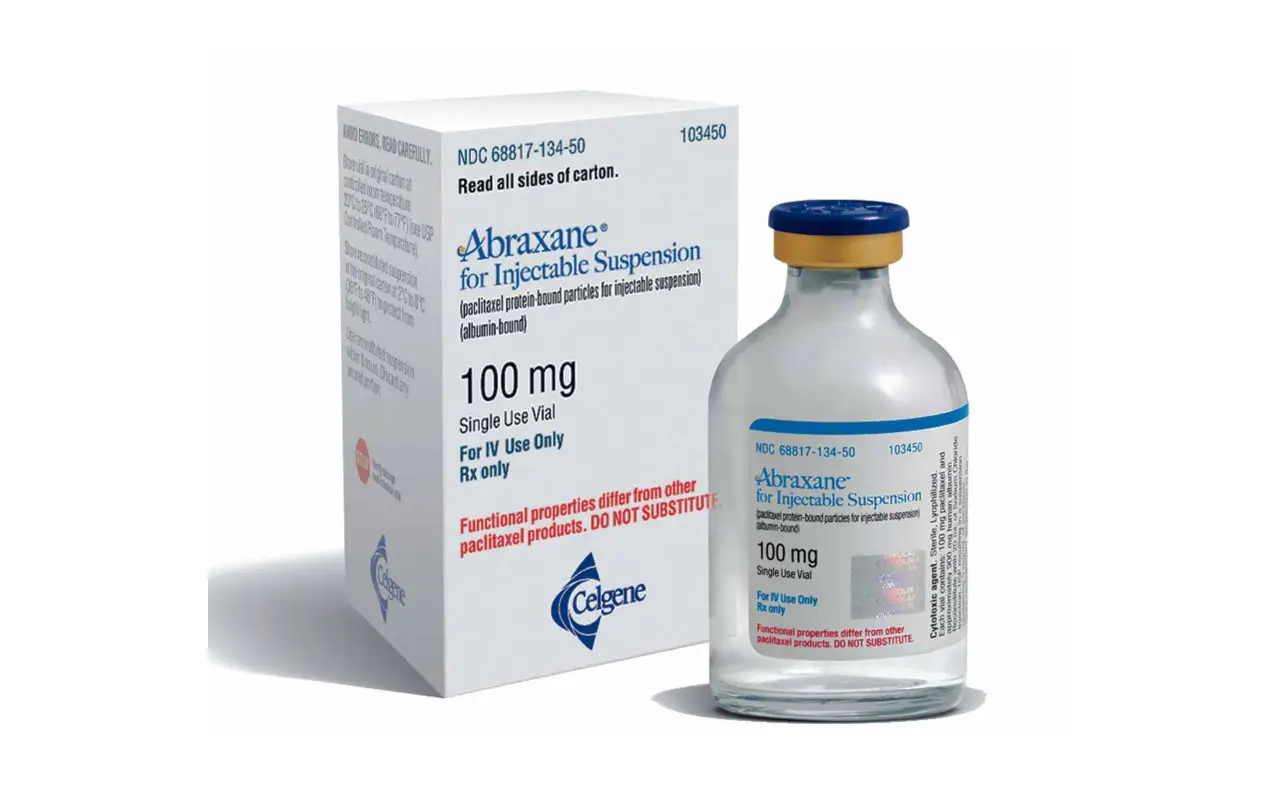Eczema Breast Cancer: Understanding, Symptoms, Treatment
Breast cancer is one of the most common forms of cancer affecting women worldwide, and early detection remains the key to successful treatment. However, in some cases, breast cancer can be mistaken for benign skin conditions such as eczema, leading to delayed diagnosis and treatment. Understanding the connection between eczema breast cancer and other skin changes is crucial for awareness and prevention.
Many women may experience eczema-like symptoms on their breast or nipple area, which might simply be a dermatological issue. But in certain cases, these symptoms could signal Paget's disease of the breast, a rare type of breast cancer often misdiagnosed as eczema. Knowing the signs, risk factors, and treatment options can empower patients to seek timely medical help and improve outcomes.
Definition and Overview
The term eczema breast cancer generally refers to a rare type of breast cancer known as Paget's disease of the breast, where the cancer manifests with symptoms resembling eczema on the nipple and areola. Unlike regular eczema, which is a non-cancerous skin condition, this form indicates an underlying malignancy.
Paget's disease accounts for less than 5% of all breast cancer cases. It typically affects the nipple, causing redness, flakiness, itching, and sometimes oozing. Because the symptoms are similar to common skin irritations, many patients initially overlook them, which underscores the importance of awareness.
Types
There are two main types of breast cancers that can present with eczema-like symptoms:
- Paget's disease of the breast – A rare cancer that starts in the nipple ducts and spreads to the skin of the nipple and areola.
- Inflammatory breast cancer – An aggressive type of breast cancer that may also cause redness, swelling, and irritation of the skin, often mistaken for dermatitis or eczema.
Understanding these types is critical because treatment and prognosis differ significantly between them.
Causes and Risk Factors
The exact cause of eczema breast cancer is not fully understood, but it often originates from underlying ductal breast cancer cells that migrate to the nipple area. Risk factors include:
- Age over 50 years
- Family history of breast cancer
- BRCA1 or BRCA2 gene mutations
- Previous history of breast disease
- Hormonal factors and prolonged estrogen exposure
Lifestyle factors such as obesity, smoking, and alcohol consumption can also increase the risk.
Symptoms and Early Warning Signs
The symptoms of eczema breast cancer can mimic benign skin conditions, but certain warning signs should raise concern:
- Persistent itching, redness, or rash on the nipple or areola
- Flaky or scaly skin around the nipple
- Thickened or crusty patches that do not heal
- Nipple discharge, often bloody or yellowish
- Flattening, inversion, or deformation of the nipple
- A lump in the breast tissue beneath or near the nipple
Unlike regular eczema, these symptoms usually affect only one breast and persist despite topical treatments.
Diagnosis
Early and accurate diagnosis is essential. The following steps are typically involved:
- Clinical examination of the breast and nipple area
- Mammogram and ultrasound to detect underlying tumors
- Biopsy of nipple tissue or suspicious lumps to confirm cancer cells
- MRI scans for detailed imaging when needed
Distinguishing between eczema and breast cancer requires professional evaluation, so persistent symptoms should not be ignored.
Treatment Options
Treatment for eczema breast cancer depends on the stage and extent of disease:
- Surgery: Mastectomy (removal of the breast) or lumpectomy (removal of tumor and surrounding tissue).
- Radiation therapy: Often used after surgery to eliminate remaining cancer cells.
- Chemotherapy: Administered before or after surgery to shrink or eradicate cancer.
- Hormone therapy: Useful for hormone receptor-positive cancers.
- Targeted therapy: Drugs designed to attack specific cancer markers such as HER2.
A multidisciplinary approach is often recommended to achieve the best outcomes.
Prevention and Lifestyle Recommendations
While not all cases of breast cancer are preventable, certain lifestyle choices can lower the risk:
- Maintain a healthy weight
- Exercise regularly
- Limit alcohol intake
- Avoid smoking
- Follow a balanced diet rich in fruits, vegetables, and whole grains
- Perform regular breast self-exams and schedule routine mammograms
Awareness of eczema-like symptoms on the breast and seeking early evaluation can also serve as an important preventive measure.
Prognosis and Survival Rates
The prognosis of eczema breast cancer varies depending on how early it is detected and whether there is an associated underlying tumor. When diagnosed early, survival rates are significantly higher. However, late diagnosis often means the cancer has spread, reducing survival chances.
According to research, the 5-year survival rate for localized breast cancers, including Paget's disease, can be over 90%. Early detection remains the most critical factor influencing outcomes.
Latest Research and Innovations
Advancements in breast cancer research are leading to more effective treatments:
- Immunotherapy is being explored to boost the body's natural defenses against cancer.
- Personalized medicine tailors treatment based on genetic markers of the tumor.
- Improved imaging technologies enhance early detection of suspicious changes.
- Targeted therapies are reducing side effects while improving outcomes for patients.
These innovations bring hope for better survival and quality of life.
Coping and Support for Patients
A cancer diagnosis can be emotionally overwhelming. Patients facing eczema breast cancer often benefit from psychological support and practical resources, such as:
- Joining support groups for breast cancer patients
- Counseling and therapy to manage anxiety and depression
- Nutritional guidance during treatment
- Rehabilitation programs to regain strength after surgery
- Family and caregiver support to share responsibilities and provide encouragement
Holistic care plays a vital role in improving both mental and physical well-being.
Conclusion
Eczema breast cancer, often referring to Paget's disease of the breast, highlights the importance of not dismissing persistent skin changes on the nipple or areola. While the symptoms resemble common eczema, underlying cancer may be present, making professional evaluation essential.
By increasing awareness, recognizing early warning signs, and adopting preventive lifestyle choices, individuals can improve their chances of early detection and better treatment outcomes. Timely diagnosis remains the strongest weapon in the fight against breast cancer.
FAQ
1. Is eczema on the breast always cancer?
No. Most cases of eczema on the breast are non-cancerous, but persistent or unusual symptoms should be checked by a doctor.
2. What is the difference between eczema and Paget's disease of the breast?
Eczema is a common skin condition that can occur anywhere, while Paget's disease is a rare type of breast cancer that specifically affects the nipple and areola.
3. Can eczema breast cancer spread to other parts of the body?
Yes. If left untreated, Paget's disease and other underlying breast cancers can spread to lymph nodes and distant organs.
4. How is eczema breast cancer diagnosed?
Diagnosis involves a combination of physical exams, imaging tests such as mammograms, and tissue biopsies.
5. What should I do if eczema treatments do not improve nipple symptoms?
If symptoms persist beyond two weeks, seek medical evaluation immediately to rule out underlying breast cancer.







